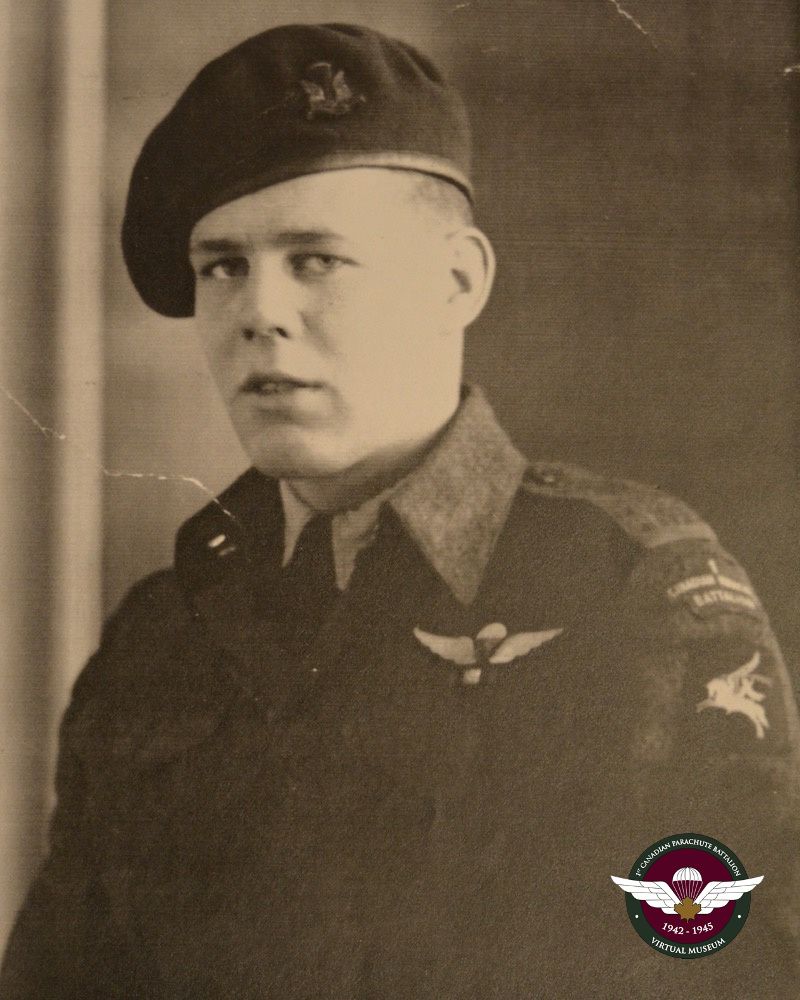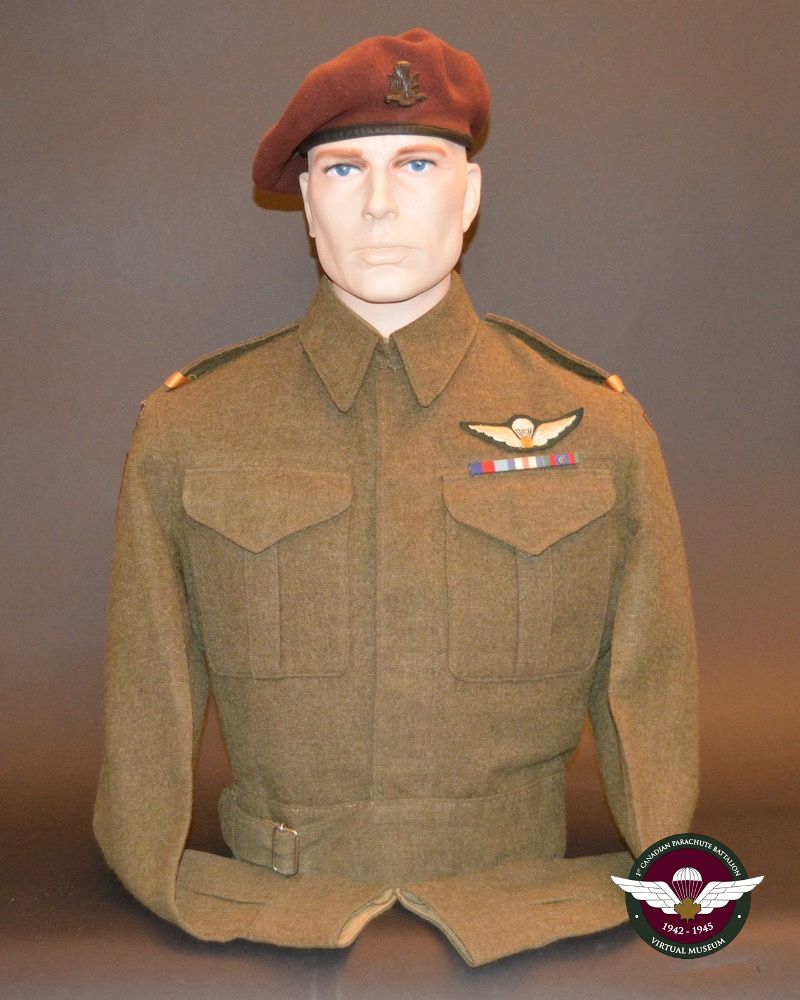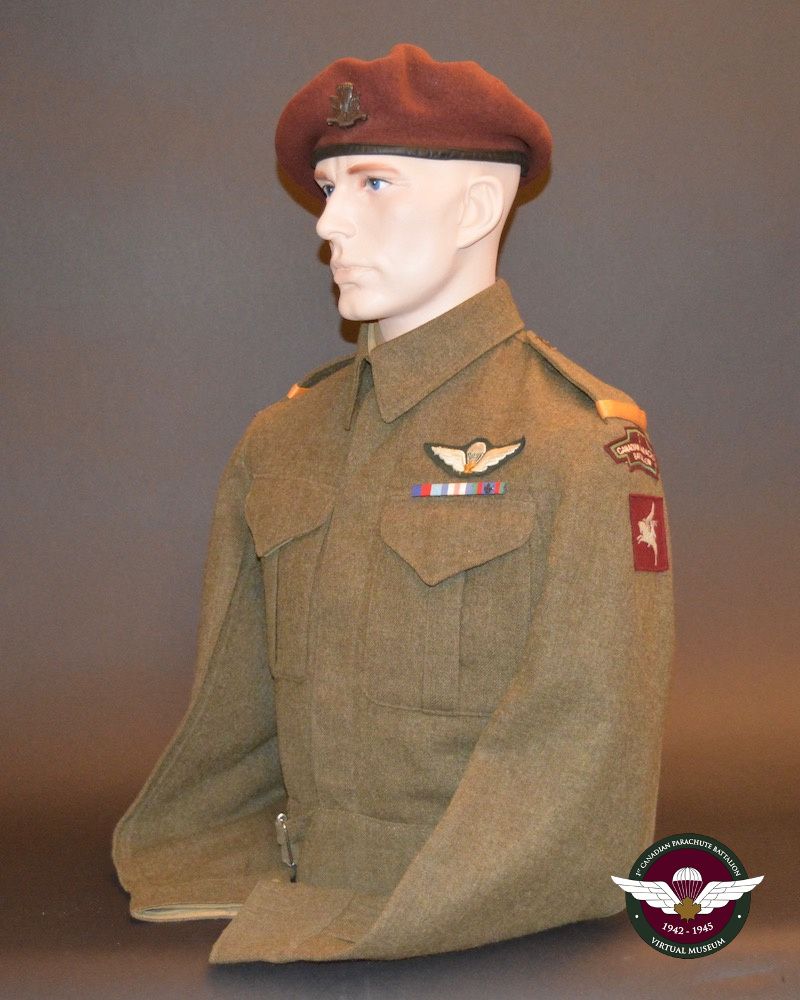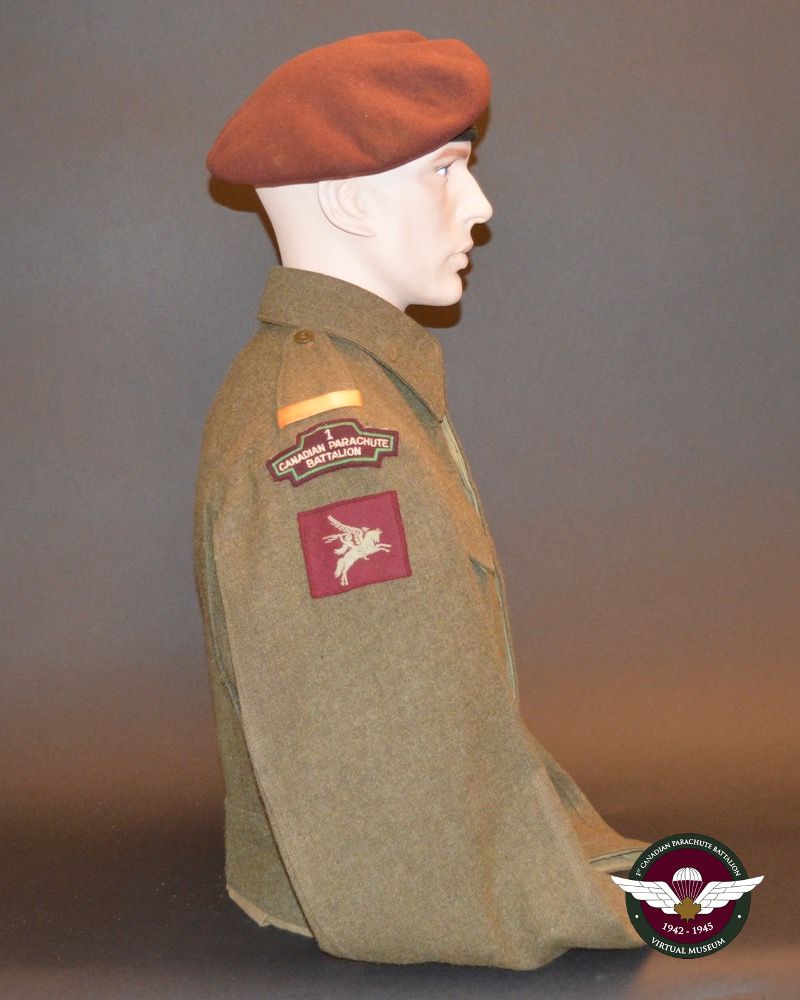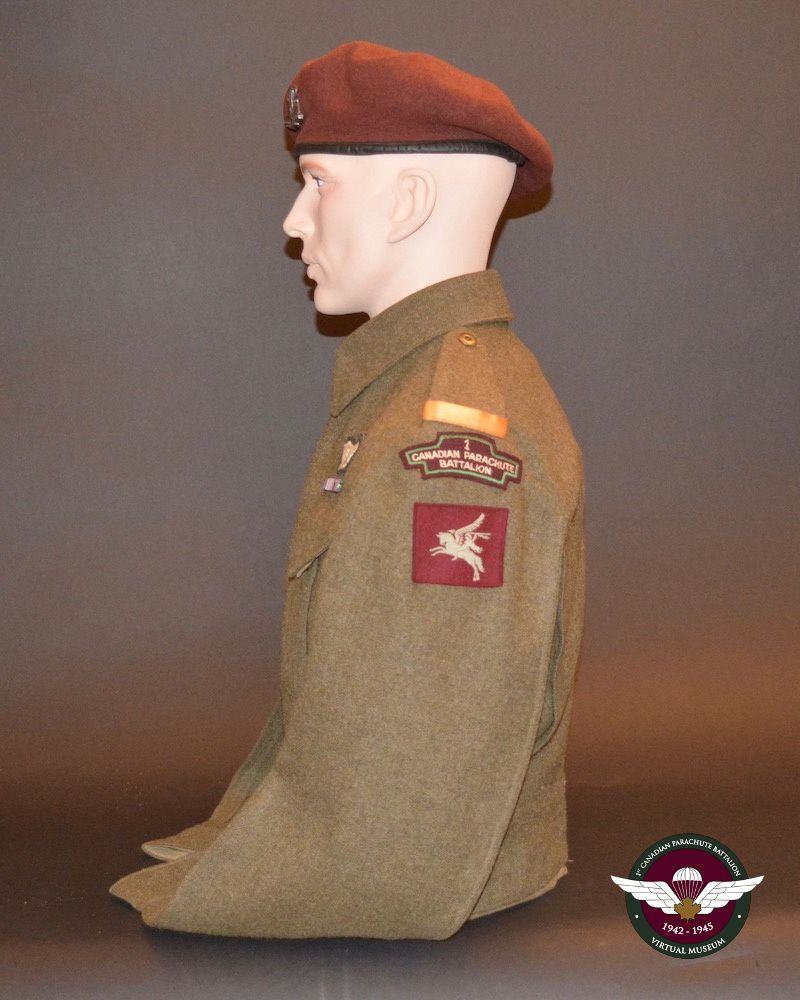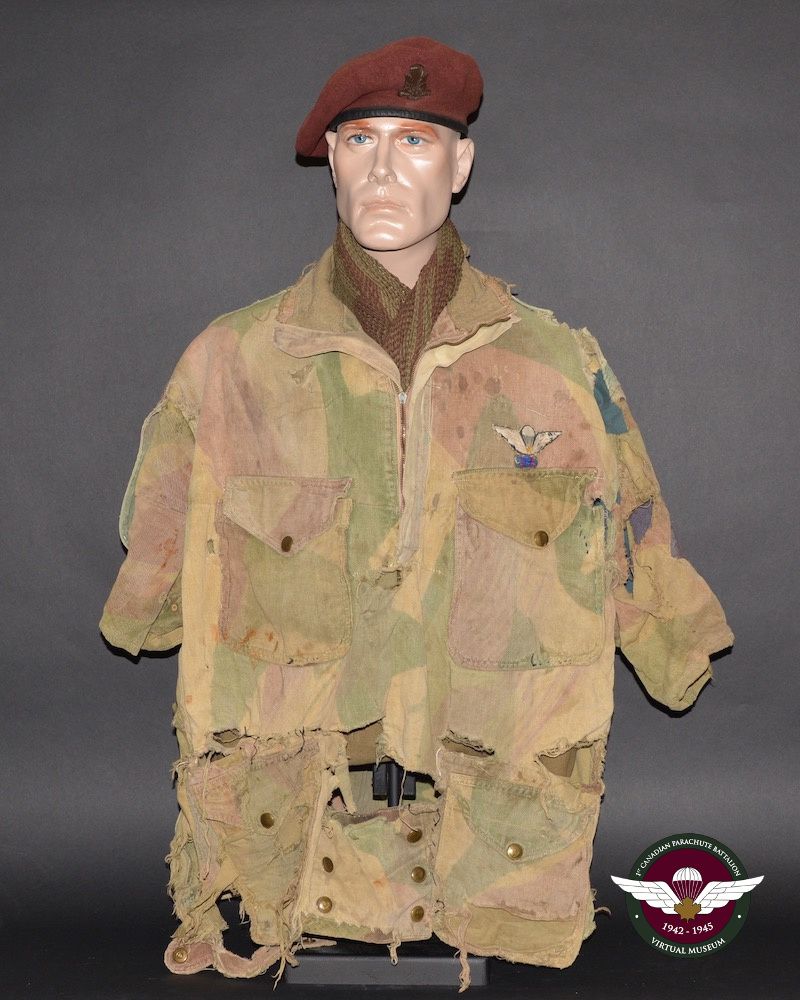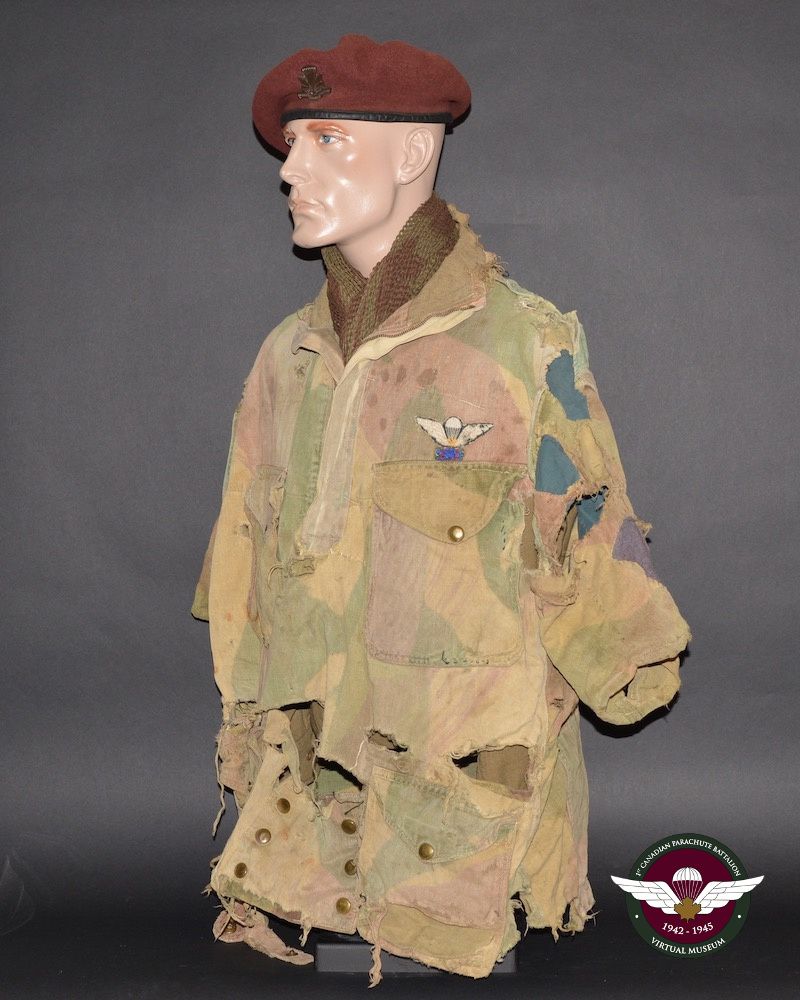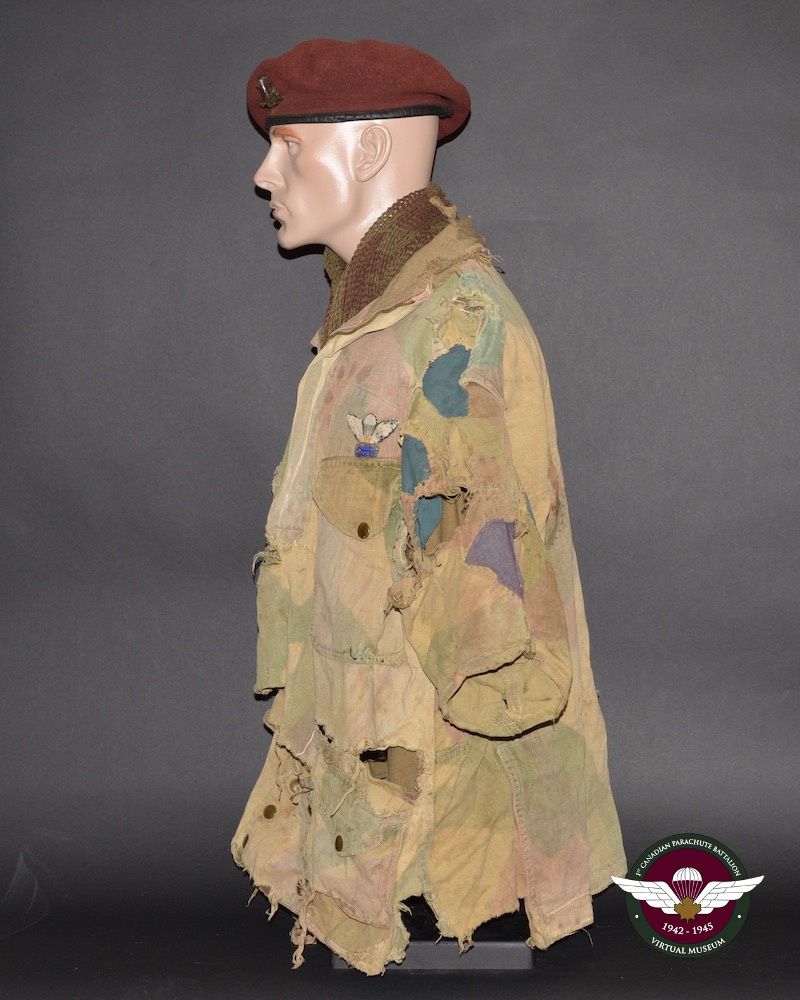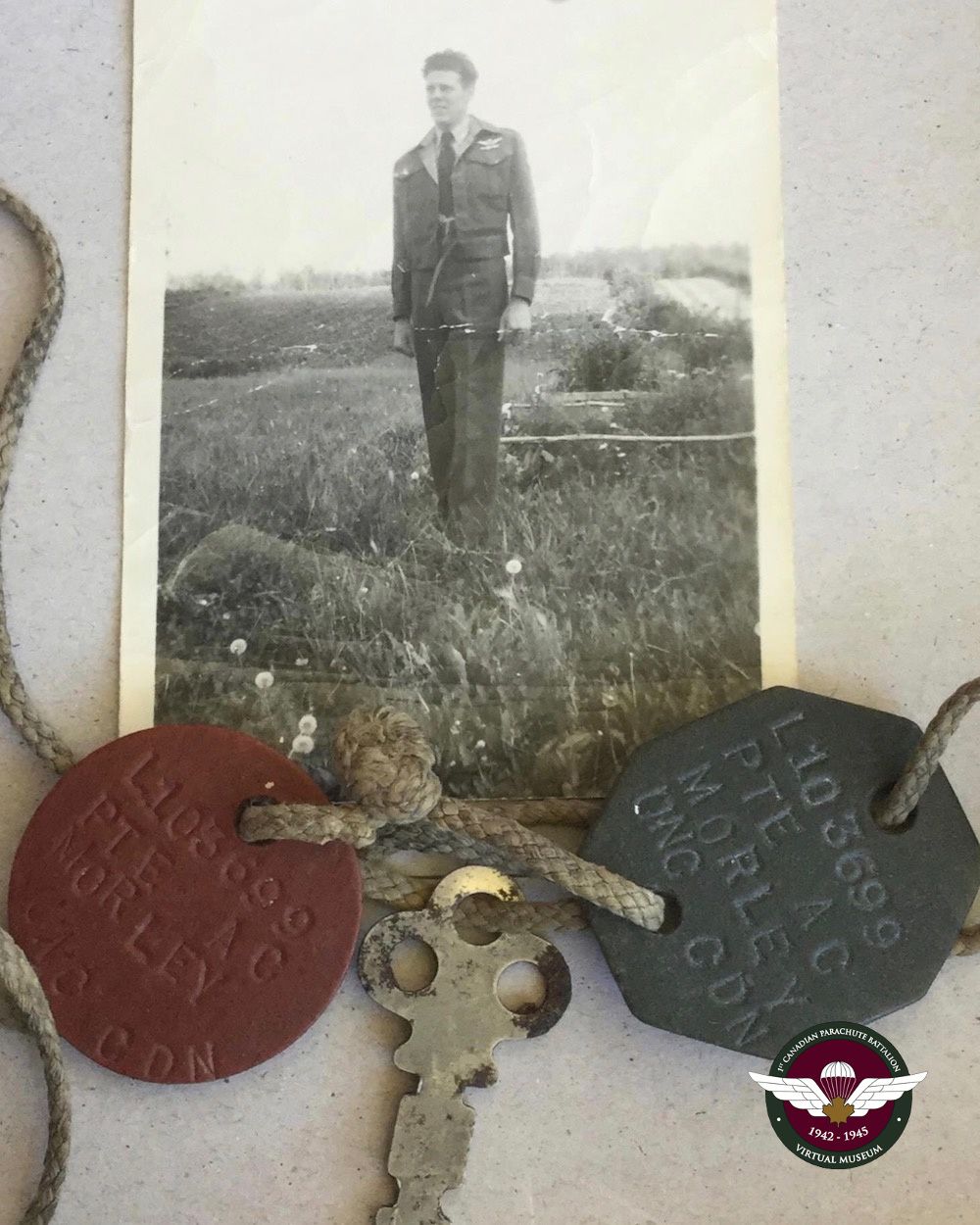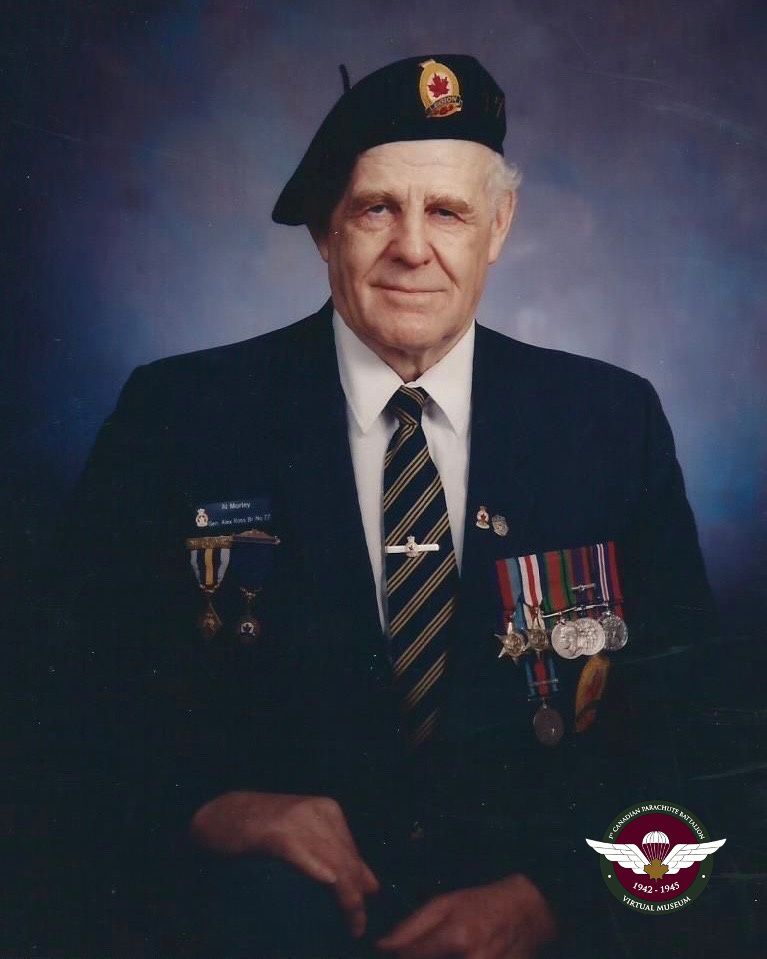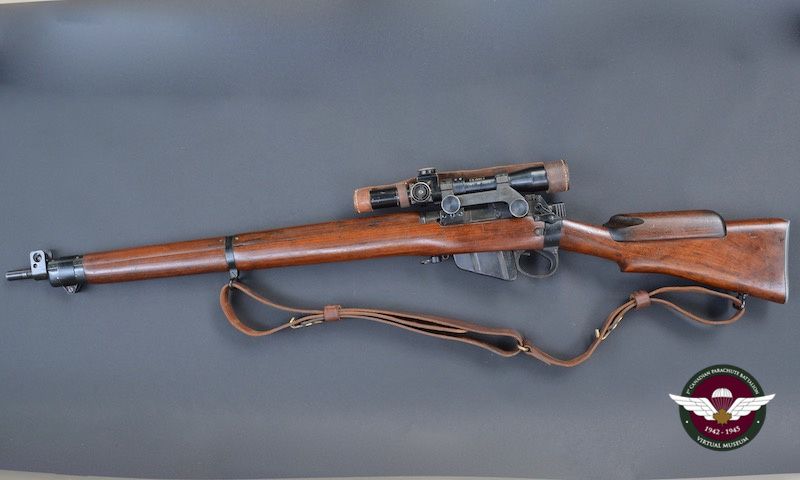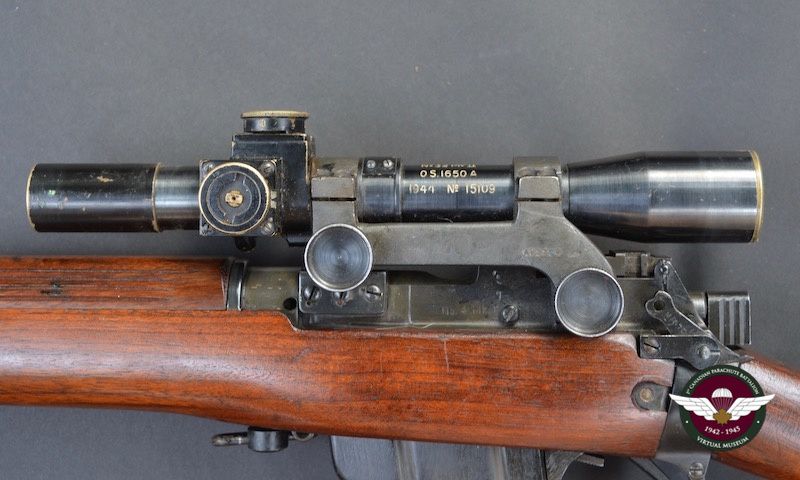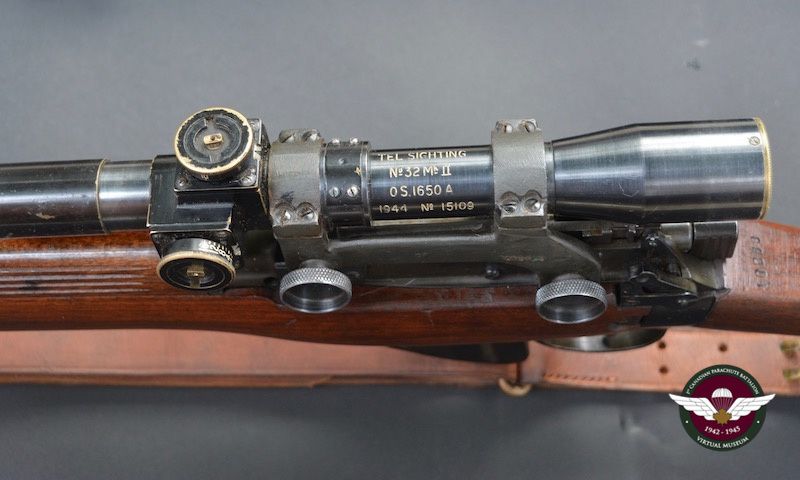Private Allan Charles Morley
Allan Morley was born May 14, 1924, in Mossbank, Saskatchewan, to his parents Stanley Orlando Morley and Mary Loretta (Smith). Allan was one of six children who were raised in the Kinloch, Saskatchewan area. He grew up quickly in a busy household, learning about farming and responsibilities at an early age. Allan also learned how to shoot a rifle at a young age and was known for his precision. During his teen years, World War II was in full momentum and Allan was eager to serve in the military, where he could apply his shooting skills and serve his country.
On December 24, 1942, at the age of 18, Allan enlisted in the army after being turned down at the age of 16. The first few weeks in the army were extremely tough for Allan when he caught the measles, mumps and Scarlet Fever and was hospitalized. When he first joined up he was asked 'What branch of service do you want to be in?'. When he responded with 'I want to be a paratrooper', having been 5'9" and 134lbs, the clerk laughed out loud before he wrote it down. Allan completed his basic and advanced Infantry training at Camrose Alberta and then volunteered to go to Suffield gas experiment station for a couple of months. There he was exposed to many tests with poison gases, for which he was compensated later in life by the government for a sum of $24,000. After leaving Suffield, Allan requested a transfer to the Paratroopers.
Allan completed the battery of rigorous testing successfully and was sent to the Parachute School in Shilo Manitoba. Allan graduated from his Parachute course on February 16, 1944, and was now a very proud paratrooper. He then received advanced training, which included night parachute jumps and plenty of unarmed combat and weapons handling. This is where Allan had the opportunity to hone his shooting skills. It was then he was identified to received sniper training to further enhance his natural abilities. Allan was then sent overseas to Bulford, England to join the 3rd brigade of the 6th British Airborne Division. He initially was attached to the Training Coy, then on April 19, 1944, he was moved to the 1st Canadian General Reinforcement Unit, where he would train for the next several months in preparation for the mission.
On about May 25th, 1944 Allan went to the Down Ampney holding area. This is where they were told about D-Day. They were shown a model of the area and gave each group instructions about the plan that was to be deployed on June 6th. Allan was part of Head Quarters Coy when he was sent with the departed reinforcements by ship to Normandy. After the successful invasion of Normandy, he went with the Battalion to Belgium to support the Battle of the Bulge. Allan also served in Holland, before heading back to England to prepare for his next mission. Allan learned that he would be part of Operation Varsity, which was a daring daytime drop into Germany, also referred to as the Rhine drop. On March 24, 1945, he parachuted during the day the time with the Battalion onto an active drop zone under heavy enemy fire. Allan lost many close comrades that day.
Allan recalls the Battalion was ordered to get to Wismar before the Russian military arrived. He said that after meeting up with the Russians at Wismar, he met a female sniper who spent the winter at Leningrad and claimed to have 170 kills. Her sister apparently had over 200 but she herself had been killed a short time before the end of the war. Allan was never able to verify these incredible claims. Allan returned to Canada with the Battalion and went to Niagara on the Lake for holding until the war ended in Japan. He stayed in the army until he took his discharge on January 29, 1946. Allan said that he was asked how he felt when he aimed at his first enemy soldier. The only thing that he said, he thought, 'Would I miss?'.
After the war, Allan met his soul mate, Edith Helen Sthamann and they married in 1950, settling down in Yorkton, where they raised seven children. Allan worked for SaskPower for 37 years and made many lifelong friends. He was also an Honorary life member of the local Royal Canadian Legion serving as the president among other positions. He enjoyed volunteering, visiting with the sick and elderly. He was involved in many school's Remembrance Day services, speaking to students and sharing his knowledge and history about World War II. Allan actively participated in each Yorkton Remembrance Day ceremony and D-Day service right up until December 2013.
Allan and Edith remained by each other's side for 63 happy years until his passing on May 8, 2014. If you have read the biography about Allan Charles Morley, then you have kept his memory alive.
Special thanks to Valorie Morley for additional pictures and information.
Sniper Rifle
Although this is not Private Morley’s actual Sniper rifle he used during WW2, he would have used one similar to this one while serving overseas.
